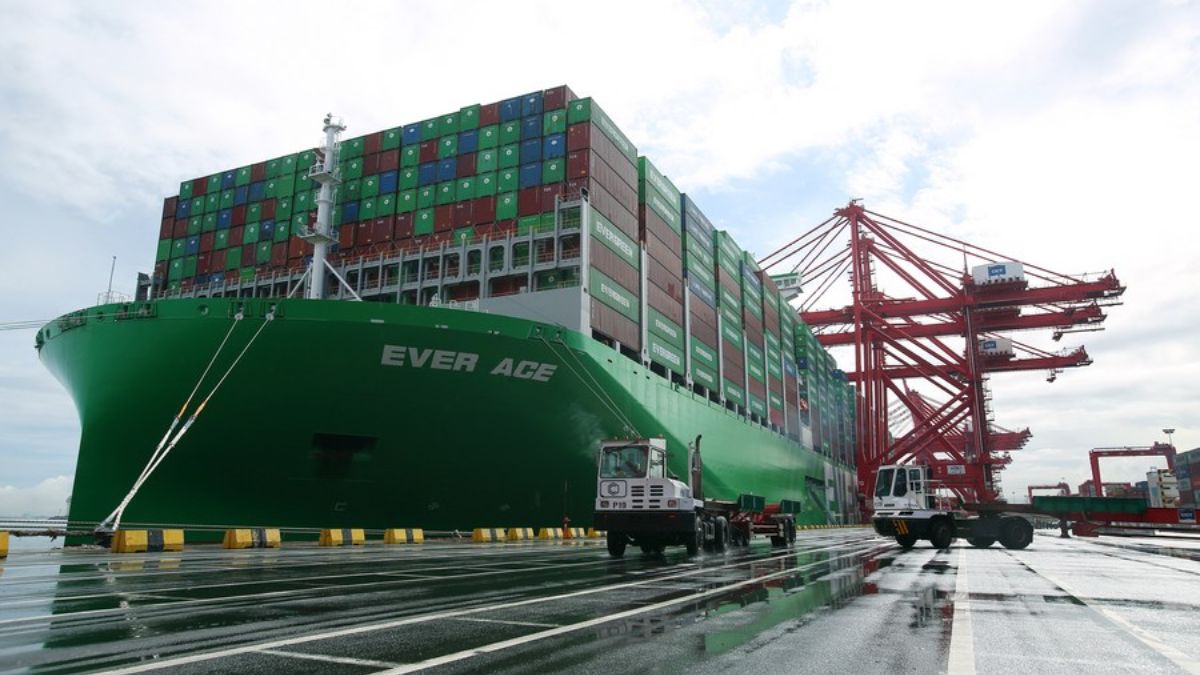 Image Credits : Xinhua
Image Credits : Xinhua
India’s Vizhinjam Port is emerging as a serious competitor to Sri Lanka’s Colombo Port, a major player in the Indian Ocean transhipment market. Situated on the southern tip of India, Vizhinjam Port, developed by the Adani Group, is strategically positioned to handle large transhipment volumes, which Colombo has historically dominated. With its deep draft and proximity to international shipping routes, the port is expected to reshape the dynamics of regional maritime trade.
Colombo has long been the preferred transhipment hub for India, handling nearly 40% of the country’s container traffic. However, with Vizhinjam offering a draft depth of 20 meters, it can accommodate ultra-large container vessels (ULCVs) that often bypass Indian ports due to their shallow drafts.
The port’s location, just ten nautical miles from the major international east-west shipping route, gives it a competitive edge. Once operational, Vizhinjam could attract significant volumes of transhipment traffic, not only from Indian ports but also from other South Asian nations.
The Indian government is backing the development of Vizhinjam as part of its broader push to strengthen the nation’s maritime infrastructure. As the port gears up for full operations, it is expected to play a pivotal role in enhancing India’s competitiveness in global trade, reducing dependence on external hubs, and positioning India as a major player in the Indian Ocean shipping corridor.
The Vizhinjam Port project, with an investment of ₹7,525 crore, is expected to become fully operational by the end of 2024. Once complete, it will be one of the deepest ports in the region, capable of handling vessels with a capacity of over 18,000 TEUs (Twenty-foot Equivalent Units). This scale is crucial for attracting global shipping lines that require ports with such infrastructure to efficiently move large volumes of cargo.
The port will be equipped with cutting-edge technology, including automated terminals and advanced cargo handling systems, to enhance operational efficiency. It is also designed with future expansion in mind, with plans to increase capacity as demand grows.
